Peter Comba, Trevor W. Hambley, Bodo Martin3527317996, 9783527317998
Note: CD-ROM/DVD and other supplementary materials are not included as part of eBook file.
Table of contents :
Molecular Modeling of Inorganic Compounds……Page 5
Contents……Page 7
Preface to the Third Edition……Page 15
Preface to the Second Edition……Page 17
Preface to the First Edition……Page 19
Part I: Theory……Page 21
1.1 Molecular Modeling……Page 23
1.2 Historical Background……Page 26
2.1 Molecular Mechanics……Page 29
2.2 Quantum Mechanics……Page 31
2.2.1 Hartree–Fock Calculations……Page 32
2.2.3 Density Functional Theory……Page 33
2.2.4 Methods and Basis Sets……Page 34
2.3.1.2 Molecular Dynamics……Page 35
2.3.3 Cluster Analysis……Page 36
2.3.5 QSAR……Page 37
3.1 Concepts……Page 39
3.2 Potential Energy Functions……Page 43
3.2.1 Bond Length Deformation……Page 45
3.2.2 Valence Angle Deformation……Page 47
3.2.3 Torsion Angle Deformation……Page 51
3.2.5 van der Waals Interactions……Page 53
3.2.6 Electrostatic Interactions……Page 55
3.2.7 Hydrogen Bonding Interactions……Page 57
3.3 Force-Field Parameters……Page 58
3.3.1 Bond Length Deformation……Page 62
3.3.2 Valence Angle Deformation……Page 63
3.3.3 Torsion Angle Deformation……Page 65
3.3.4 Out-of-Plane Deformation……Page 67
3.3.5 Non-Bonded Interactions……Page 68
3.3.6 Electrostatic Interactions……Page 69
3.4 Spectroscopic Force Fields……Page 70
3.5 Model and Reality……Page 72
3.6 Electronic Effects……Page 73
3.7 The Environment……Page 75
3.8 Entropy Effects……Page 77
3.9 Summary……Page 78
4.1 Input and Output……Page 81
4.2 Energy Minimization……Page 83
4.2.2 Gradient Methods……Page 85
4.2.4 The Newton–Raphson Method……Page 86
4.3 Constraints and Restraints……Page 87
5 The Multiple Minima Problem……Page 89
5.2 Stochastic Methods……Page 90
5.3 Molecular Dynamics……Page 91
5.4 Practical Considerations……Page 92
5.5 Making Use of Experimental Data……Page 93
6 Conclusions……Page 95
Part II: Applications……Page 97
7.1 Accuracy of Structure Prediction……Page 99
7.2 Molecular Visualization……Page 100
7.3 Isomer Analysis……Page 102
7.4 Analysis of Structural Trends……Page 103
7.6 Unraveling Crystallographic Disorder……Page 104
7.7 Enhanced Structure Determination……Page 106
7.8 Comparison with Solution Properties……Page 108
8.1 Conformational Analysis……Page 109
8.2 Enantioselectivities……Page 112
8.2.1 Racemate Separation……Page 113
8.2.2 Stereoselective Synthesis……Page 115
8.2.3 Prediction of Enantioinduction……Page 118
8.3 Structure Evaluation……Page 120
8.4 Mechanistic Information……Page 125
9 Metal Ion Selectivity……Page 131
9.1 Chelate Ring Size……Page 132
9.2 Macrocycle Hole Size……Page 136
9.3 Preorganization……Page 140
9.4 Quantitative Correlations Between Strain and Stability Differences……Page 143
9.5 Conclusions……Page 145
10 Spectroscopy……Page 147
10.1 Vibrational Spectroscopy……Page 148
10.2 Electronic Spectroscopy……Page 149
10.3 EPR Spectroscopy……Page 161
10.4 NMR Spectroscopy……Page 167
10.5 QM-Based Methods……Page 168
11 Electron Transfer……Page 169
11.1 Redox Potentials……Page 171
11.2 Electron-Transfer Rates……Page 174
12 Electronic Effects……Page 179
12.1 d-Orbital Directionality……Page 180
12.2 The trans Influence……Page 183
12.3 Jahn–Teller Distortions……Page 184
13.1 Complexes of Amino Acids and Peptides……Page 191
13.2 Metalloproteins……Page 192
13.3 Metalloporphyrins……Page 195
13.4 Metal–Nucleotide and Metal–DNA Interactions……Page 197
13.5 Other Systems……Page 199
13.6 Conclusions……Page 201
14 Organometallics……Page 203
14.1 Metallocenes……Page 204
14.3 Transition Metal–Phosphine Compounds……Page 208
14.4 Metal–Metal Bonding……Page 210
14.5 Carbonyl Cluster Compounds……Page 212
15.1.1 Crown Ethers……Page 215
15.1.2 Cryptands……Page 216
15.1.4 Biologically Relevant Ligands……Page 217
15.2 Main Group Elements……Page 218
15.3 Lanthanoids and Actinoids……Page 219
15.4 Conclusions……Page 221
Part III: Practice of Molecular Mechanics……Page 223
16.2 The Starting Model……Page 225
16.3 The Force Field……Page 226
16.4 The Energy Minimization Procedure……Page 227
16.5 Local and Global Energy Minima……Page 230
16.6 Pitfalls, Interpretation, and Communication……Page 231
17 Tutorial……Page 235
17.1.1 Motivation and Rationale……Page 236
17.1.2 The Program Setup and Philosophy……Page 237
17.2.1 Theory……Page 240
17.2.2 Practice……Page 241
17.3.1 Theory……Page 242
17.3.2 Practice……Page 246
17.4.1 Theory……Page 248
17.4.2.1 Building [Co(en)3]3+……Page 249
17.4.2.2 Changing Conformations……Page 250
17.5.1 Theory……Page 251
17.5.2 Practice……Page 252
17.6.1 Theory……Page 253
17.6.3 Exercise……Page 254
17.7.2.1 Importing Structures from Other Sources……Page 255
17.7.2.2 Building Fragments……Page 256
17.8.2 Practice……Page 257
17.9.1 Theory……Page 259
17.9.2 Practice……Page 260
17.9.2.1 Bond Length Deformation……Page 261
17.9.2.2 Valence Angle Deformation……Page 262
17.9.2.4 Torsion Angle or Dihedral Angle Functions……Page 263
17.10.1 Theory……Page 266
17.10.2 Practice……Page 267
17.10.3.1 Hydrogen Bonds……Page 268
17.10.5.1 Electrostatic Interactions……Page 269
17.10.6 Practice……Page 270
17.11.1 Theory……Page 271
17.11.2 Practice……Page 274
17.11.3 Exercise……Page 275
17.12.1 Theory……Page 276
17.12.2 Practice……Page 277
17.12.3 Exercise……Page 278
17.13.2 Practice……Page 279
17.13.4 Exercise……Page 281
17.14.1 Theory……Page 282
17.14.2 Practice……Page 283
17.15.1 Theory……Page 286
17.15.2 Practice……Page 288
17.16.1 Theory……Page 289
17.16.2 Practice……Page 290
17.17.1 Theory……Page 292
17.17.2 Practice……Page 295
17.17.3 Exercise……Page 299
17.18.1 Theory……Page 300
17.18.2 Practice……Page 301
17.19.1 Theory……Page 302
17.19.2 Practice……Page 305
17.19.3 Exercise……Page 307
17.20.2 Practice……Page 308
17.21.1 Theory……Page 310
17.21.2 Practice……Page 311
17.21.3 Exercise……Page 312
Appendix 1 Glossary……Page 313
A2.2 Basic SI Units……Page 317
A2.4 Energy Units in Molecular Mechanics Calculations……Page 318
Appendix 3 Software and Force Fields……Page 319
A4.1 List of Books on Molecular Modeling……Page 321
A4.2 List of Reviews in the Field of Inorganic Molecular Modeling……Page 322
A4.3 List of Publications on the Momec Force Field……Page 324
References……Page 325
Index……Page 343
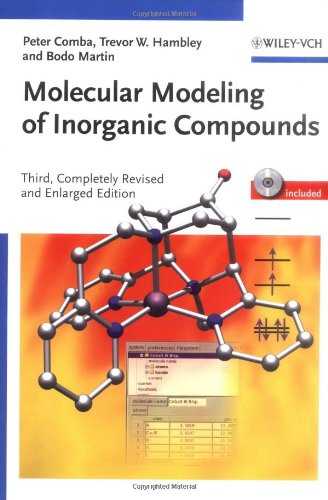
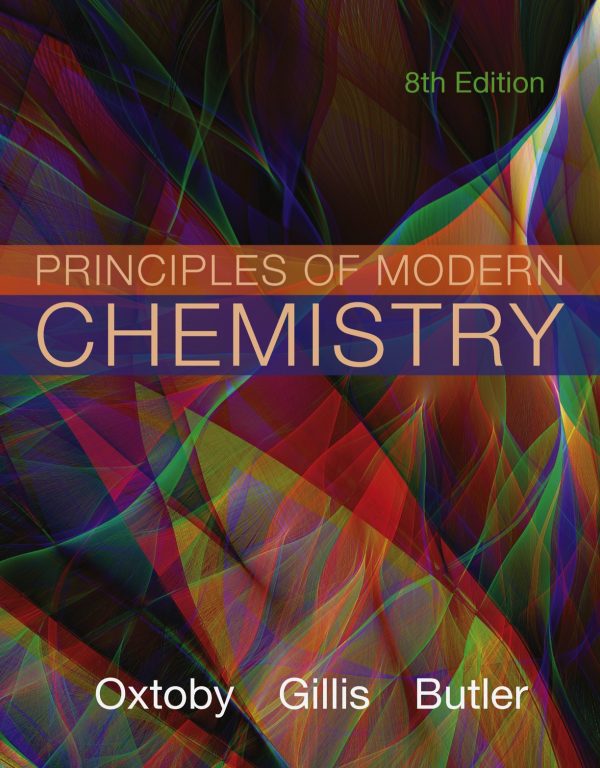
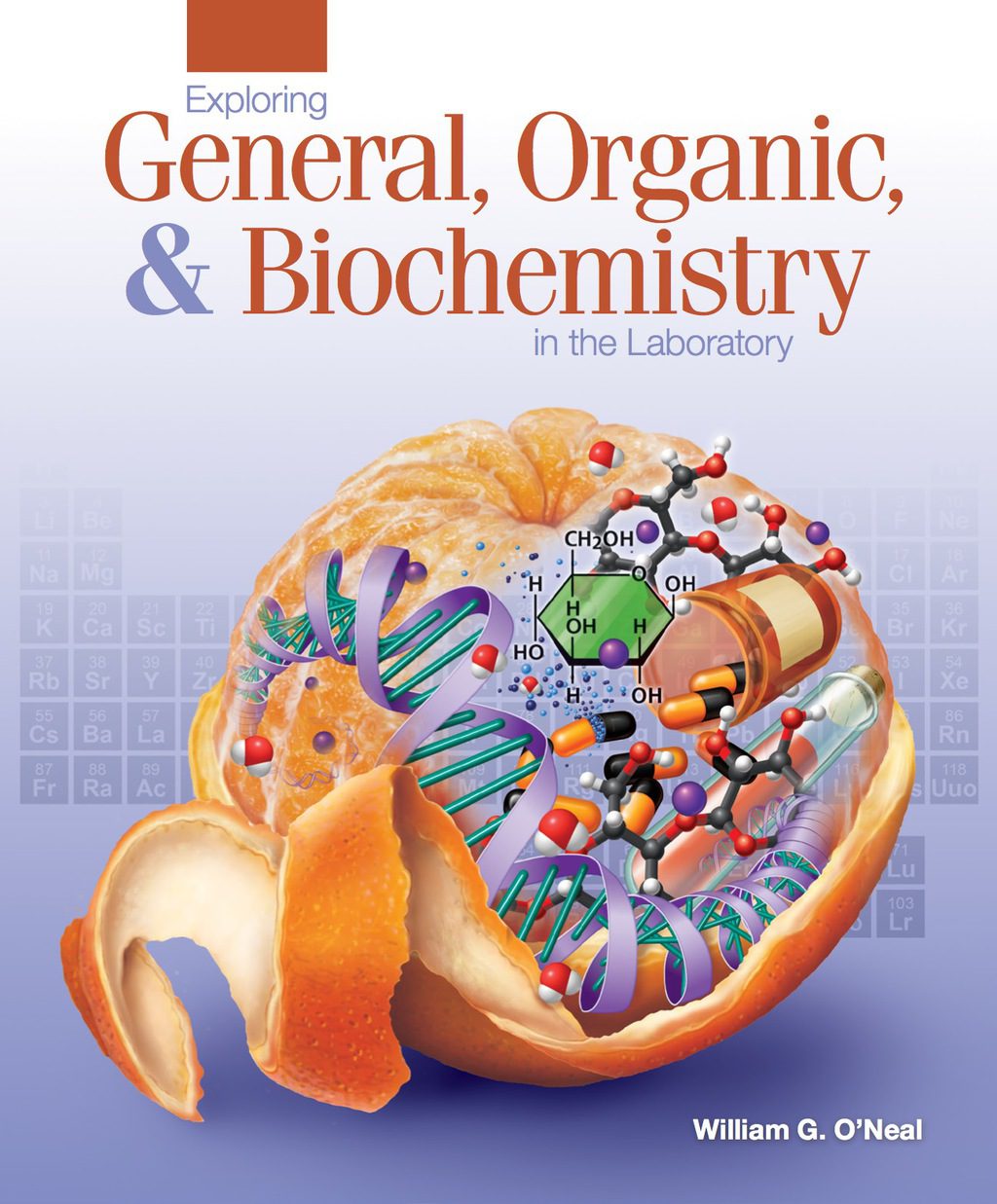
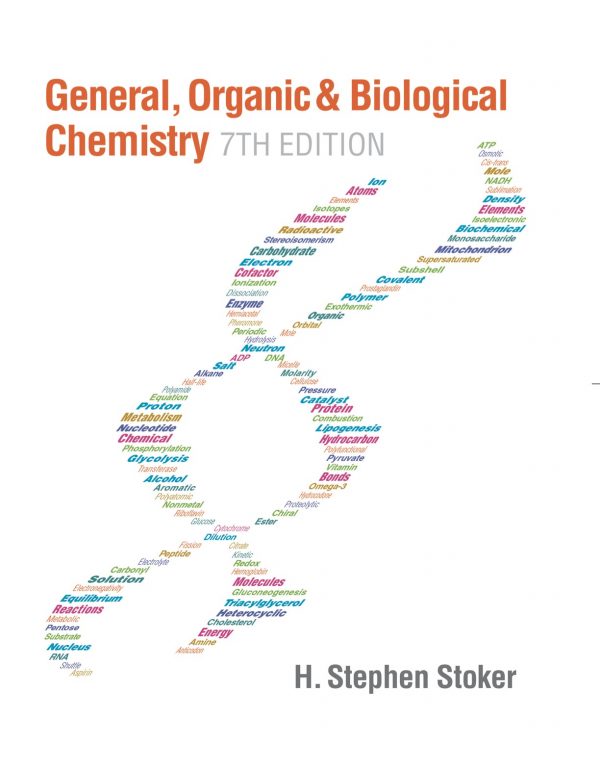
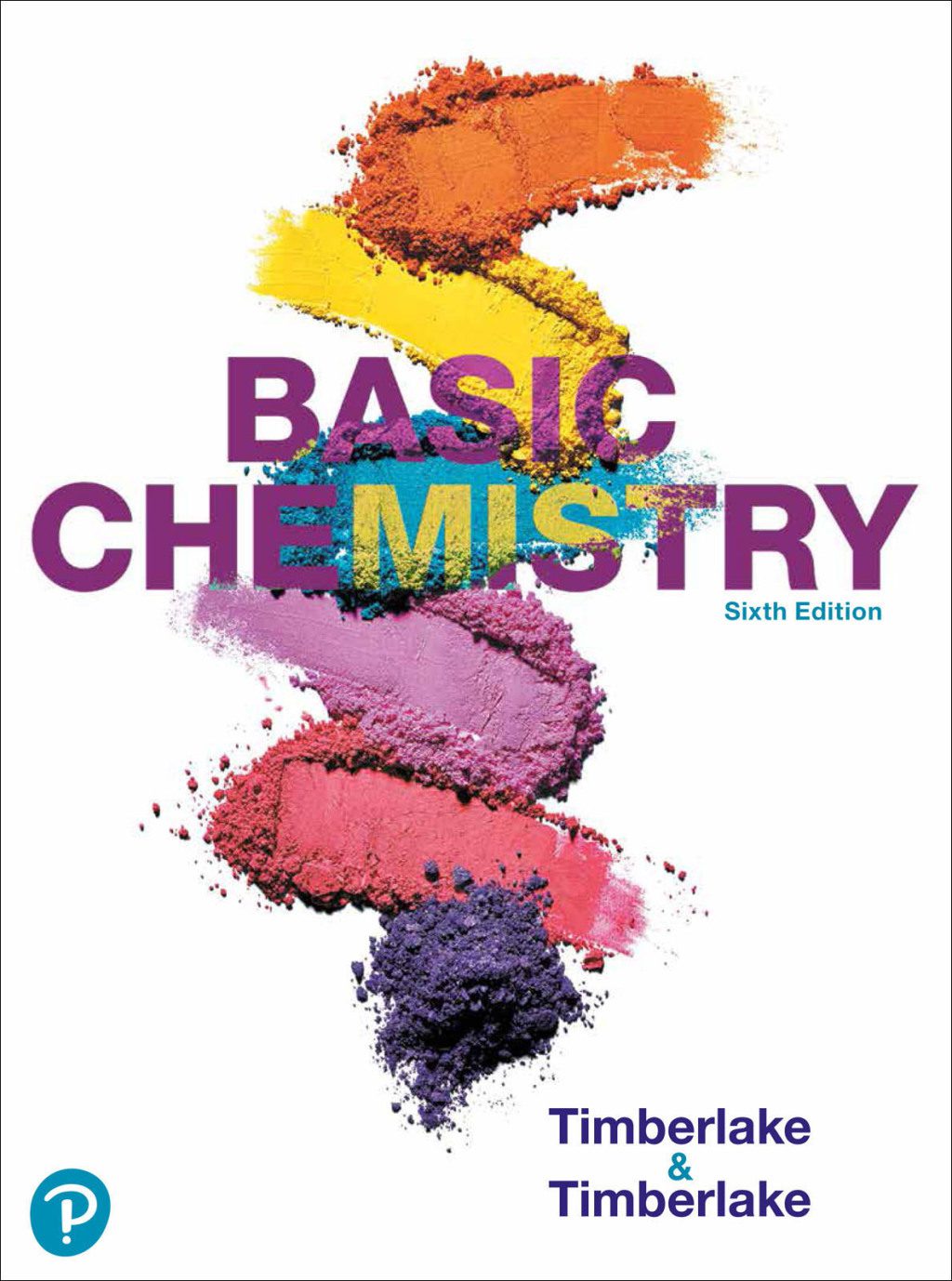
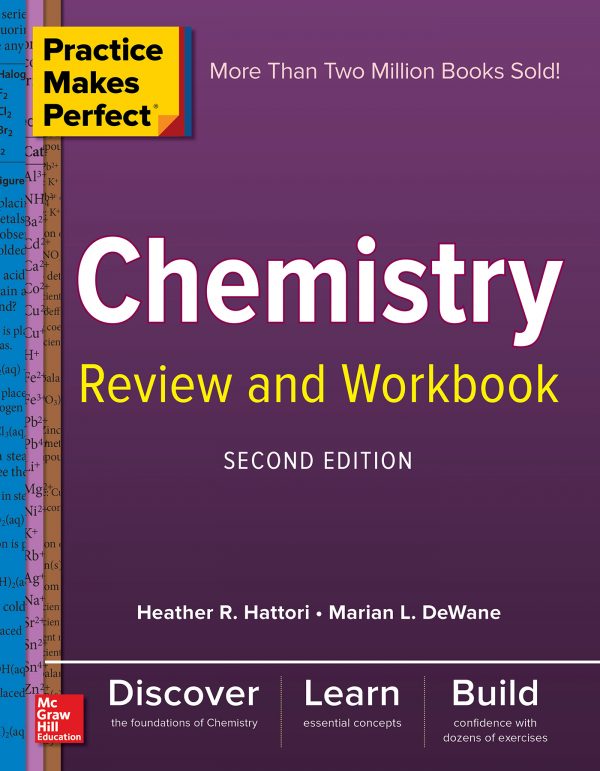

Reviews
There are no reviews yet.